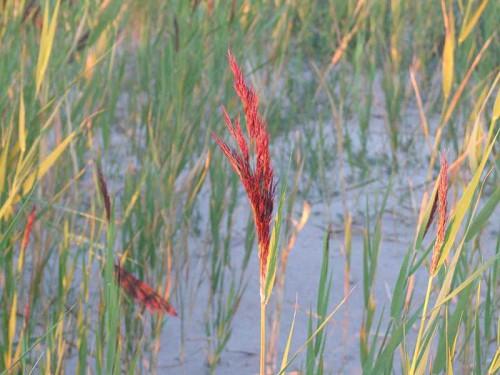Attention Gardeners: Protect Your Turf from Invasive Species
It pays for you to know the difference between native and non-native plants at the cottage. After all, if invasive plant species take root in your garden, they will attack and potentially ruin something you’ve no doubt worked very hard to build.
Far from being good neighbors, they will be downright aggressive. In the absence of their natural predators or controls, invading species will outmuscle native plants, taking their resources and space. They may directly kill those species, introduce disease and/or hybridize with other plant species.
Threats: why controlling invasive species is important
Invasive plants pose a serious threat to Ontario’s natural environment and our economy. In fact, every year invasive plants cost the agriculture and forest industries in Canada about $7.3 billion. They have been recognized by many agencies as one of the greatest threats to biodiversity – second only to habitat loss.
And not only will your garden feel the pain, some of these species can be poisonous to people, causing rashes or burns.
Compared to other provinces in Canada, Ontario has the highest number of invasive species. This is due to favourable environmental conditions, a high number of imports moving through, and its location; with four of the Great Lakes being part of the province, there are many ports of entry. So, controlling invasive plants is not an easy task and it can take many years to fully do away with many pesky invaders.
This is a big problem, but not an unsolvable one. Any Ontarian can and should aim to take a few simple actions on their own property to help control the spread of invasive plant species.
Tips on stopping the spread
- Do not transplant species from natural areas into your garden.
- Check the resources listed below to make sure you are purchasing only non-invasive plants.
- Watch for invasive plants in your garden, especially along property lines, fence lines and trails.
- If you find invasive plants in your garden, replace them with a native or non-invasive alternative.
- If an area is only lightly invaded, it may be okay to leave invasive material onsite if it appears to be seedless. However, if the plant appears to reproduce through the roots, be sure to remove it from your garden.
- Put any invaders into a garbage bag. Check with your municipality to see how it treats organic compost. Consult local by-laws to see whether it can be burned or should be taken to a landfill.
Learn more about invasive plants and alternatives at www.ontarioinvasiveplants.ca or http://www.invadingspecies.com/.
You can report sightings of invasive species by calling the Invading Species Hotline at 1-800-563-7711 or by emailing info@invadingspecies.com. You can also use the EDDMapS Ontario system to report sightings through your computer or smartphone.
For more information on what plants belong in your garden see Grow Me Instead: Non-Invasive Plants for your Garden at Grow Me Instead – A Guide for Northern Ontario and Grow Me Instead: Non-Invasive Plants for your Garden at Grow Me Instead – A Guide for Southern Ontario.
Join in the fight against invasive species and protect your great outdoors. Learn more at Ontario.ca/InvasionON.




